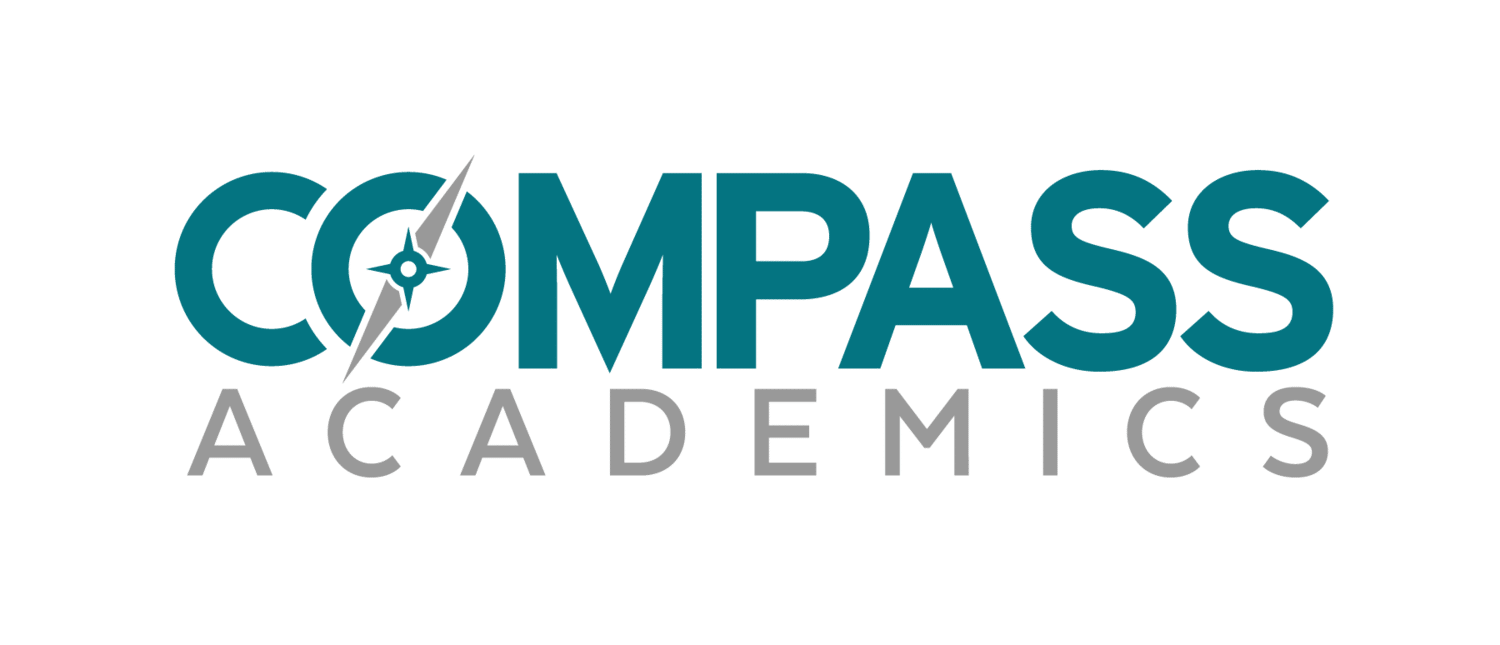There are approximately 5,300 college and universities in the United States. When looking at the rest of the globe, that number increases fourfold. No wonder so many high school students feel paralyzed when asked to build a college list. Questions immediately arise: Where do I start? What are the rankings? Do rankings matter? Where are my friends going? How far away from home can I go? How much can my family afford? Knowing where to start helps, but very few students can do this on their own. This is when they should assemble their team: peers, parents, family friends, teachers, guidance counselors, and/or college consultants. These people can help a student articulate their wants and refine their needs. A good strategy is for students to aim for around ten schools: 3 “reach schools” (these should be any schools with an admission rate of 15% or less); 4 “strong chance schools” (these should be any schools with an admission rate of 15%-50%); and 3 “safe spot schools” (these should be any schools with an admission rate of 50%+). When it comes to all of these schools, students should solidly meet the admission requirements (GPA/ACT & SAT scores) of previous applicants. This information is readily available on college websites. In addition, every school on the list should meet the student’s requirements for location, size, campus climate, academic offerings, and affordability. This last criteria—affordability—should really be the first consideration. Students need to have honest discussions with their guardians about what the budget is for higher education, and they need to make sure the schools on their list fit the bill. Students should also make note of the “total cost of attendance” and not just the annual tuition rate. This information, too, is available on college websites. Establishing criteria can be daunting and some students need more help than others. There are many helpful sites for researching colleges, and students can also make use of campus visits and virtual information sessions. Most high school Juniors know they need to start the process, but knowing where to start can be hard. Rather than being intimidated by the process, students should embrace all of their options and know that with intentional and purposeful list-building, they will find their “right fit” school.
Freshman Year Survival Tips
Congratulations on starting college! Here are some tips to help you make the most of your freshman year: 1. Get organized: College life can be overwhelming with multiple classes, assignments, and extracurricular activities. Develop good organizational habits by using...




0 Comments